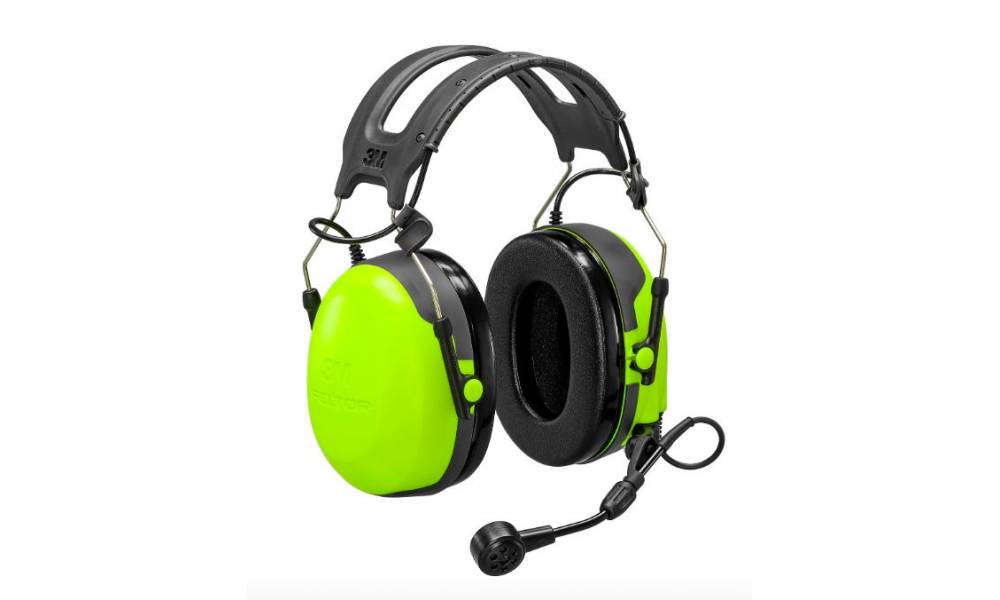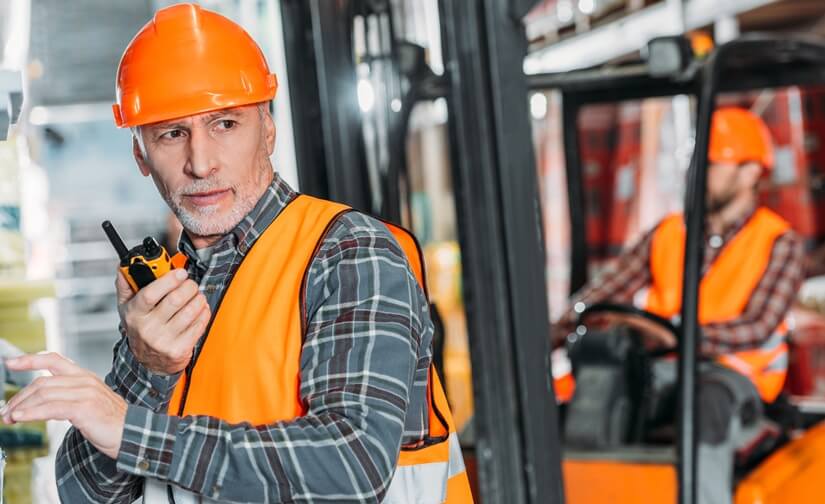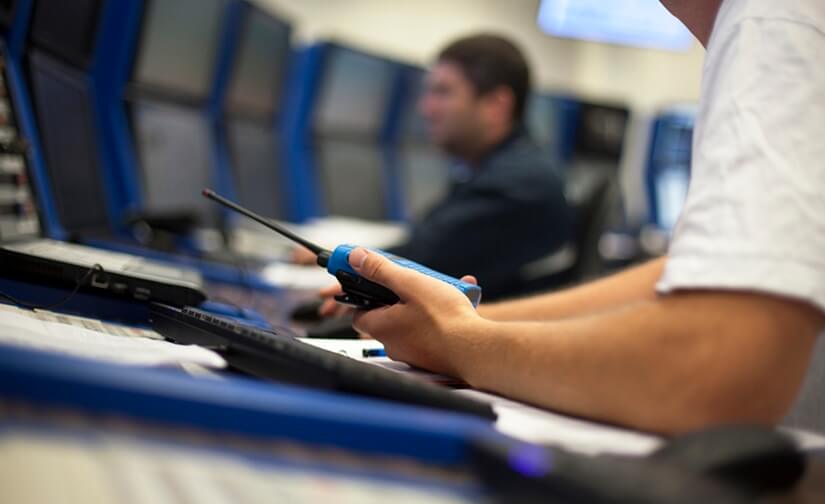While mobile phones are effective communication devices, they are also known for their limited battery life. Because new mobile phones are essentially miniature computers, their batteries must be able to support a variety of tasks. Smartphones need energy even when they aren’t running apps since they need to power the touchscreen and operate background programs like their operating systems.
Smartphones, on average, offer just about five hours of conversation time between charges. Furthermore, if cell towers in the region are down, and the mobile phone needs to seek a signal, it will consume more power. This might cause major issues in an emergency case where electricity might not be easy to access.
Because of their energy efficiency, two-way radios are the ideal communications medium for emergencies.
During an emergency, two-way radios offer a superior means of communication. When compared to smartphones, walkie-talkies have longer battery life. They’re also not dependent on cell phone towers, making them more effective in natural disasters situations where towers might be down.
Lithium-ion batteries are used in walkie-talkie radios, much as they are in mobile phones. The disparity in battery life is largely due to the power consumption of walkie-talkies. Because these devices are solely used for communication purposes, they require less energy to function than smartphones.
Furthermore, modern digital walkie-talkies employ compressed transmission, which improves the efficiency of transmissions while lowering power consumption. Thus, they may run for up to 12 hours without being recharged due to their streamlined nature.
As millions of police officers, line workers, firefighters, and other professionals who use them daily can confirm, two-way radios are an excellent choice for emergency communications or professions requiring a reliable means of continuous transmission.





